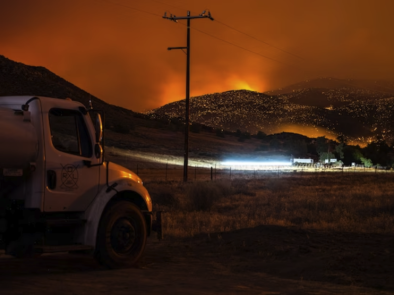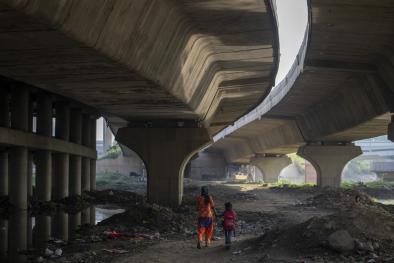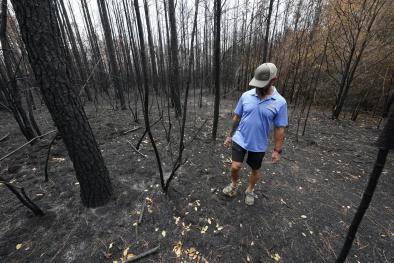Science Source
Relationships between climate and macroscale area burned in the western United States
- States that increased wildfire activity (e.g. number of starts, area burned, fire behaviour) across the western United States in recent decades has heightened interest in resolving climate–fire relationships
- Examines macroscale climate–fire relationships in forested and non-forested lands for eight Geographic Area Coordination Centers in the western United States, using area burned derived from the Monitoring Trends in Burn Severity dataset (1984–2010)
- Considers fire-specific biophysical variables including fire danger and water balance metrics in addition to standard climate variables of monthly temperature, precipitation and drought indices to explicitly determine their optimal capacity to explain interannual variability in area burned
- Finds that biophysical variables tied to the depletion of fuel and soil moisture and prolonged periods of elevated fire-danger had stronger correlations to area burned than standard variables antecedent to or during the fire season, particularly in forested systems
- Finds that antecedent climate–fire relationships exhibited inter-region commonality with area burned in forested lands correlated with winter snow water equivalent and emergent drought in late spring
- Area burned in non-forested lands correlated with moisture availability in the growing season preceding the fire year
- Finds that despite differences in the role of antecedent climate in preconditioning fuels, synchronous regional fire activity in forested and non-forested lands suggests that atmospheric conditions during the fire season unify fire activity and can compound or supersede antecedent climatic stressors
- Concludes that, collectively, climate–fire relationships viewed through the lens of biophysical variables provide a more direct link to fuel flammability and wildfire activity than standard climate variables, thereby narrowing the gap in incorporating top-down climatic factorsbetween empirical and process-based fire models.
Related Content
Headline

Nov 17, 2023 | Climate Nexus Hot News
Utility Responsible For Wildfire, CA Report Says
Headline

Oct 26, 2023 | Climate Nexus Hot News
The Planet is ‘Under Siege,’ Scientists Say
Headline

Oct 11, 2023 | Climate Nexus Hot News
Climate Change Forcing Children to Move
Headline

Sep 20, 2023 | AP
In a state used to hurricanes and flooding, Louisiana is battling an unprecedented wildfire season


